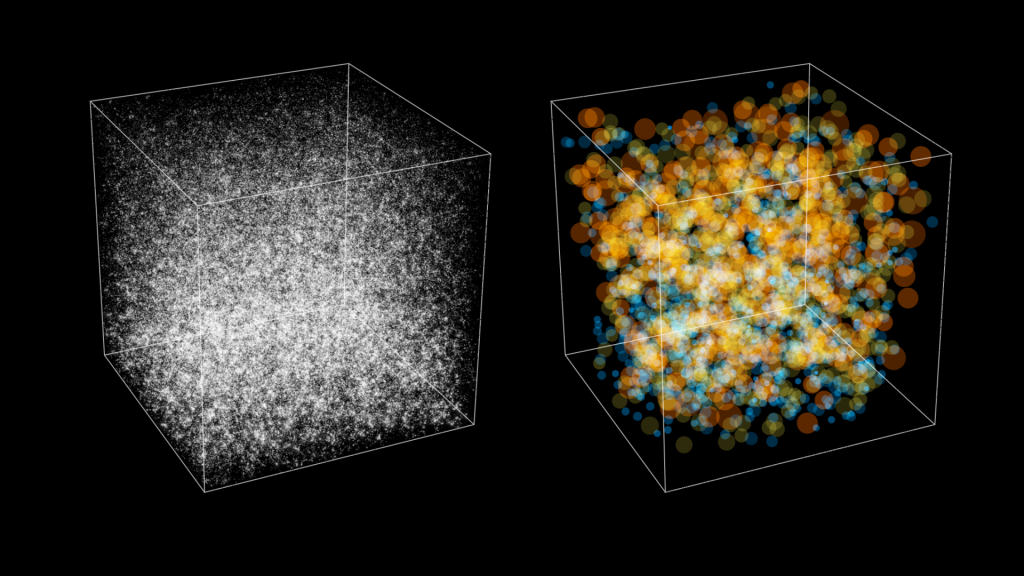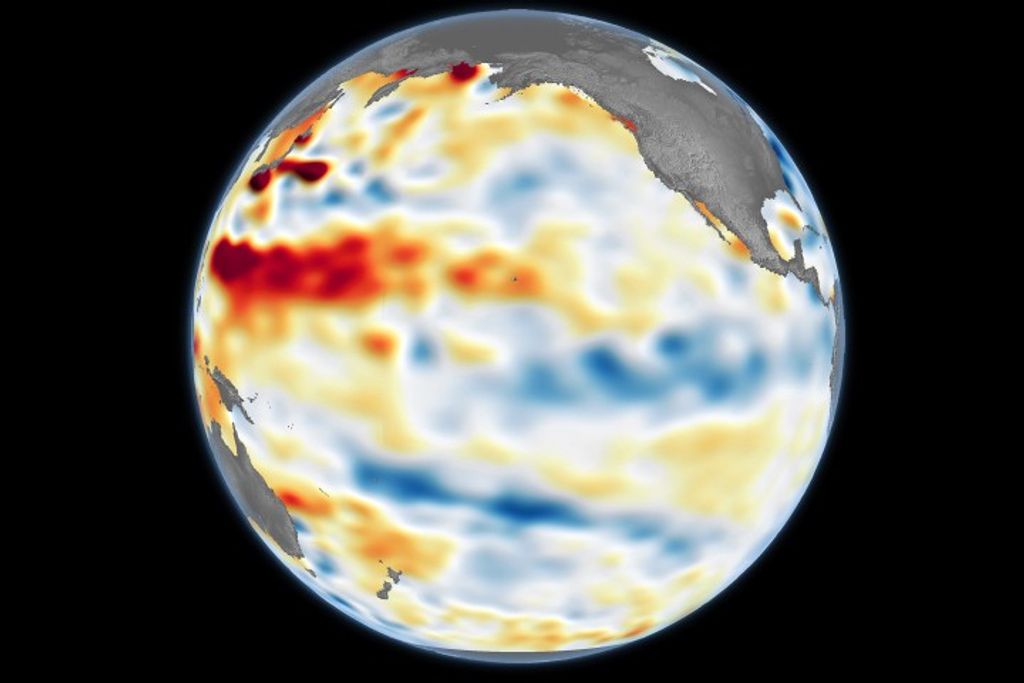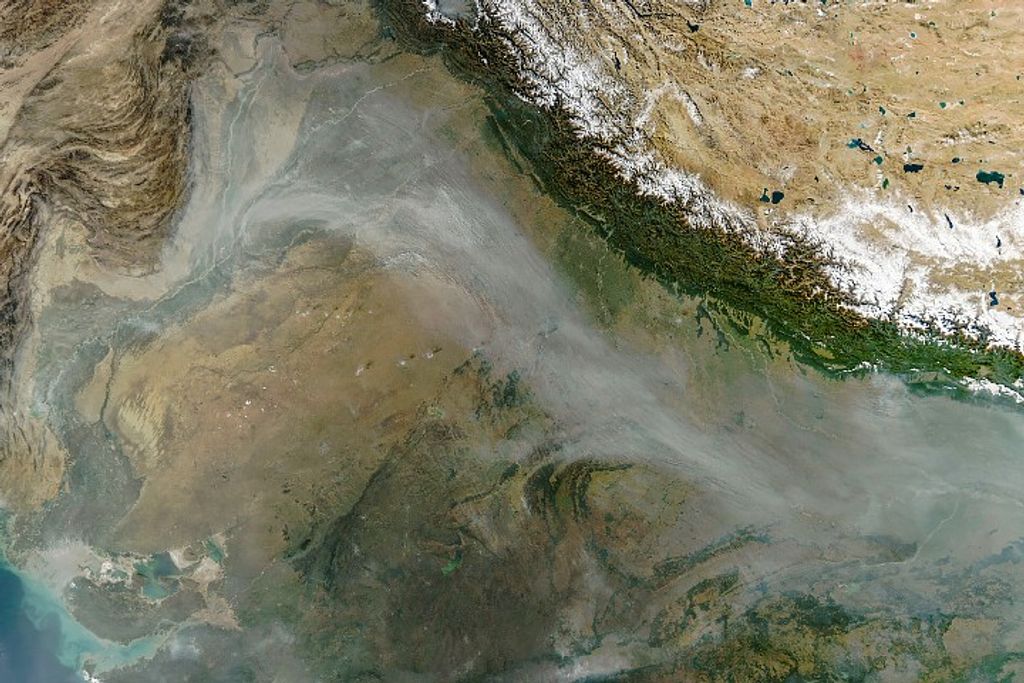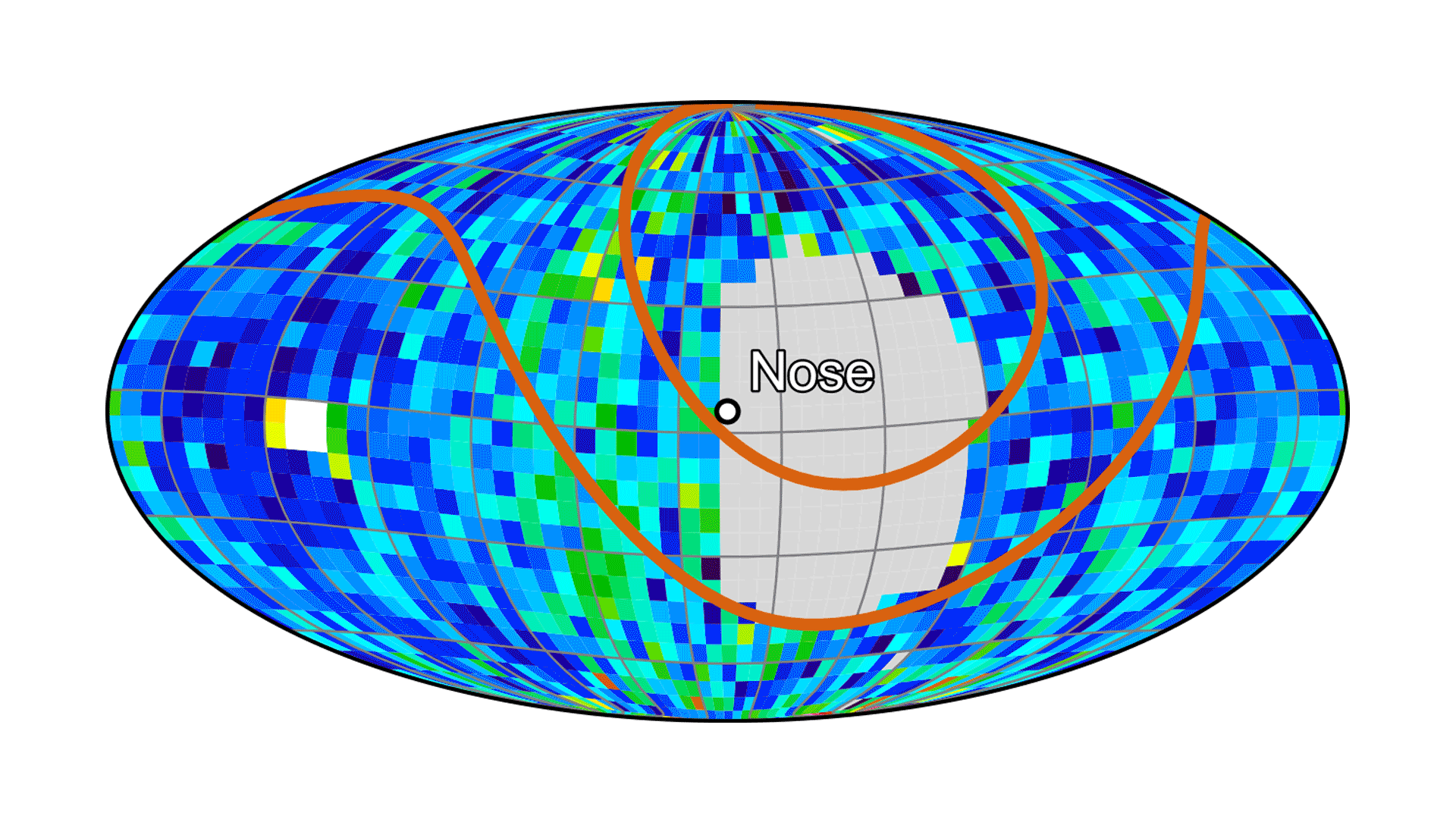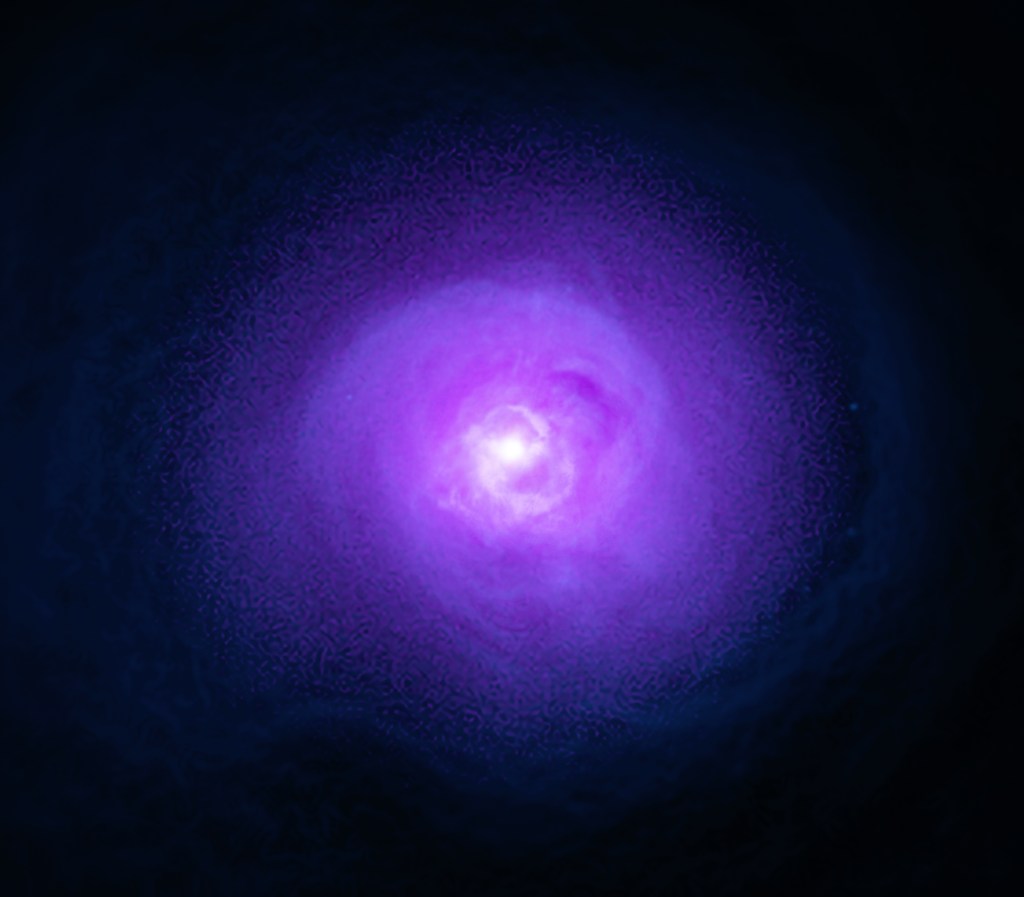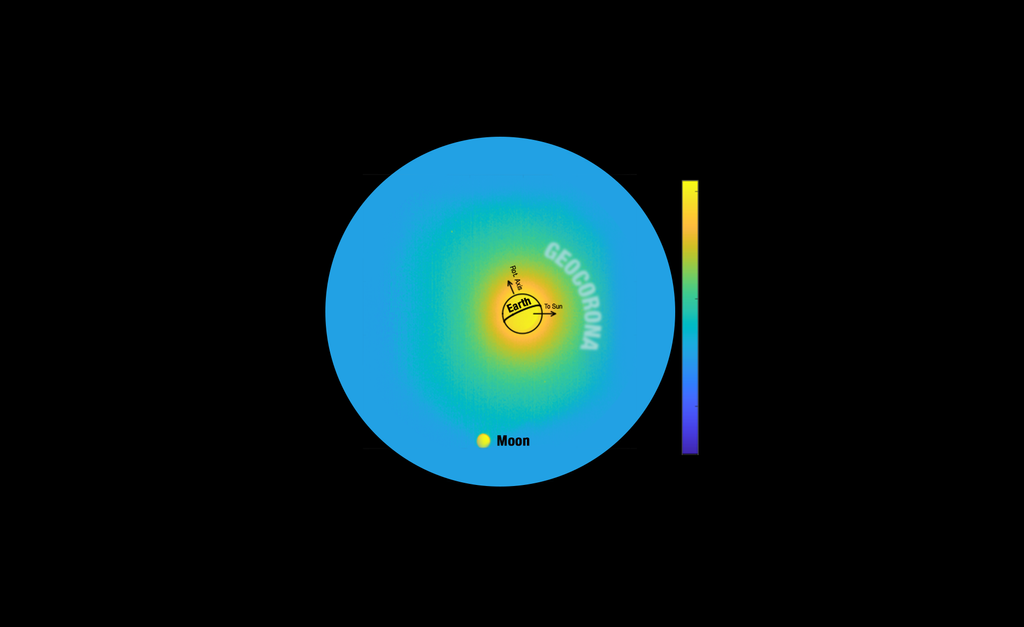ISS Daily Summary Report – 3/22/2024
Payloads:
Complement of Integrated Protocols for Human Exploration Research on Varying Mission Durations (CIPHER): A Vestibular Exam using Falcon Goggles was performed. The CIPHER investigation aims to improve our understanding of physiological and psychological changes in humans on missions that range from weeks to one year in duration. Conducting the same research over missions of different durations allows scientists to extrapolate the data to multi-year missions, such as a potential three-year round-trip to Mars. This data could provide deeper knowledge about changes that may occur on such missions and support the development of countermeasures to promote astronaut health and well-being.
Electromagnetic Levitator (EML): The EML Reprogramming Cable was temporarily installed to allow the ground to reprogram the EML facility. The EML is a facility composed of four inserts installed into the European Drawer Rack (EDR) for the electromagnetic levitation of samples. The experiment samples are installed in a dedicated sample chamber that is attached to EML, and can be replaced by new sample chambers for new experiment batches.
Manufacturing of Semiconductors and Thin-Film Integrated Coatings (MSTIC): The Vacuum Waste System hose was reconfigured for the MSTIC facility at the Lab Vacuum Resource System Z-panel connection. MSTIC examines the effects of microgravity on deposited thin films used in semiconductor manufacturing. Manufacturing these films in microgravity may improve their quality and reduce the materials, equipment, and labor required. The investigation also explores differences in the microstructure of thin films produced in microgravity and on the ground.
Robotic Surgery Tech Demo: The Surgical Robot Facility was uninstalled and prepared for return. Robotic Surgery Tech Demo tests techniques for performing robotic surgery in microgravity using a miniature surgical robot that can be remotely controlled or teleoperated from Earth. Comparing the inflight data to data from the same tests performed on Earth could inform the design of robotic surgical systems to provide medical care during future long-duration missions.
Space Organogenesis 2: The CO2 line Quick Disconnect (QD) was connected to the Cell Biology Experiment Facility – Left (CBEF-L) and the Humidifier-2 unit was filled with water and installed to the Incubator Unit1 (IU1) for the upcoming Space Organogenesis operations. The Development of Advanced 3D Organ Culture System Utilizing the Microgravity Environment (Space Organogenesis) investigation demonstrates growth of organ buds from human stem cells in three-dimensional cultures in microgravity. Researchers plan to use these cultures to observe growth of the organ buds and analyze changes in gene expression. Cell culture on Earth is limited to two dimensions but in microgravity, cell cultures can likely expand into three dimensions.
Telescience Resource Kit (TReK): The TReK laptop was moved to Node 2 in support of Integrated Laser Communications Relay Demonstration Low-Earth Orbit User Modem and Amplifier Terminal (ILLUMA-T). Operating space hardware still requires a complicated set of computer software, which operations teams on the ground maintain. The Flight Demonstration of TReK is a software package that simplifies the software running on the ISS, benefiting users on Earth. Eventually, TReK software will allow scientists, engineers and students who conduct experiments in space to connect to their experiments through regular internet connection protocols using the new and improved onboard Ethernet communications recently added to the ISS.
Systems:
In Flight Maintenance (IFM) Hatch Seal Inspection: The crew inspected and cleaned the JPM (Starboard), Node 2 (Port, Starboard, and Aft), and COL (Port) hatch seals, hatch plate sealing surfaces, crank handle mechanisms, and hatch seal interlocking joints, and PMM Hatch Kicker Pins. When closed, hatches are used to provide a pressure seal between modules or between the ISS and the space environment. When open, they provide a translation path between modules.
Photo/TV D5 Camera to Z9 Camera Transition: On Wednesday, the crew gathered and sorted the old D5 Camera systems before unpacking and configuring the new Z9 Camera hardware. Today, the crew continued the activity by deploying the new Z9 cameras and accessories. The D5 cameras have been the primary NASA-used camera since 2017, but due to their age, the ISS has now switched to the new Z9 cameras launched on NG-20. Some D5 cameras will remain onboard for legacy payload and EVA use.
Dragon Cargo Operations Review & Conference: The crew completed a paper review and a conference to overview the SpX-30 Dragon cargo configuration, recommendations, and best practices. This was done to provide the crew with a better idea of what to expect when SpX-30 arrives to improve the efficiency of their Dragon cargo operations activities in the coming weeks. SpX-30 is planned to dock to the ISS tomorrow, March 23rd at 6:30 AM CT.
Look Ahead Plan
Saturday, March 23 (GMT 083)
Payloads:
- ANITA NLS Measurement
- JEM Camera Robot 2 Deactivation
- MERLIN and PAUL Transfer Review
Systems:
- 71S Launch
- SpX-30 Docking
- Transfer Dragon Cargo Operations
- HMS ISS EveryWear Medication & Nutrition Tracking
- EHS AQM Deploy



